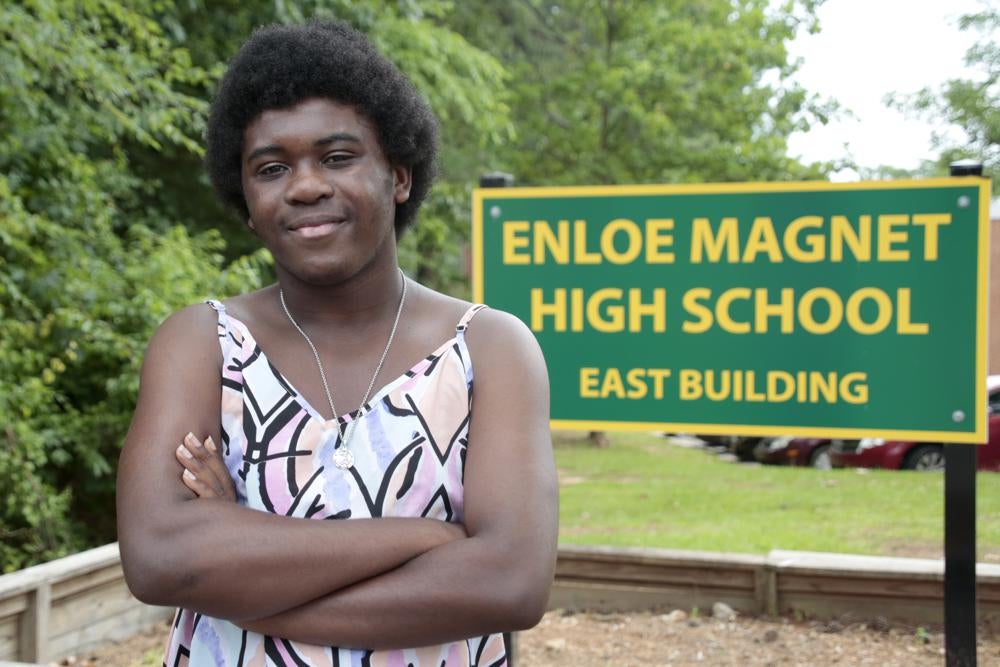The mass shooting in Uvalde Texas jumpstarted another national conversation on how to protect children in the classroom (So far, there’s been 27 school shootings in 2022). One of the solutions being pushed around is to increase the presence of law enforcement on campus. In 2018 alone, 58 percent of the nation’s schools reported a police presence.
Suggested Reading
However, these measures don’t take into consideration the many uneasy relationships between people of color and the police. If we’re concerned about students’ mental health, imagine a Black student walking down the hallways and seeing armed guards daily.
Associated Press tells the story of a high school senior and co-president of Wake County Black Student Coalition, Malika Mobley. She has seen three different school resource officers patrolling the Raleigh, North Carolina campus. Mobley spoke about when she saw officers detain a visibly distraught classmate and put them in the back of a police car.
“They were crying, ‘Why are you doing this to me? I didn’t do anything,’” said Mobley, co-president of Wake County Black Student Coalition. “I was just forced to stand there and couldn’t do anything.”
The Wake County Black Student Coalition has been working since 2020 to remove police officers from school buildings in favor of investing in counselors and support staff for students.
“We don’t see police presence as part of the solution,” Mobley said. “If you really think about why police don’t make us safer, you can draw connections to all types of tragedies that impact the most marginalized among us.”
Researchers note Black students feel less safe around police officers than white peers, and officers in predominately Black school districts are most likely to look at the students as threats. The ACLU shows Black, and Latino boys with disabilities represent only three percent of students nationally but account for 12 percent of school arrests. Since 2007, there have been over 200 instances of officers assaulting students of color, The Advancement Project shows.
The director of the Opportunity to Learn program at the Advancement Project, Katherine Dunn, spoke to the Associated Press on how nerve-wracking a school day could be to a person of color if this continues.
“It shows all the physical harms that young people experience by police,” she said. “It’s also the experience of being degraded and made to feel like a criminal because you have to walk down the hallway to your class with several armed cops, who are not there for your safety, who you see arrest your friends, assault your friends.”
Straight From 
Sign up for our free daily newsletter.



